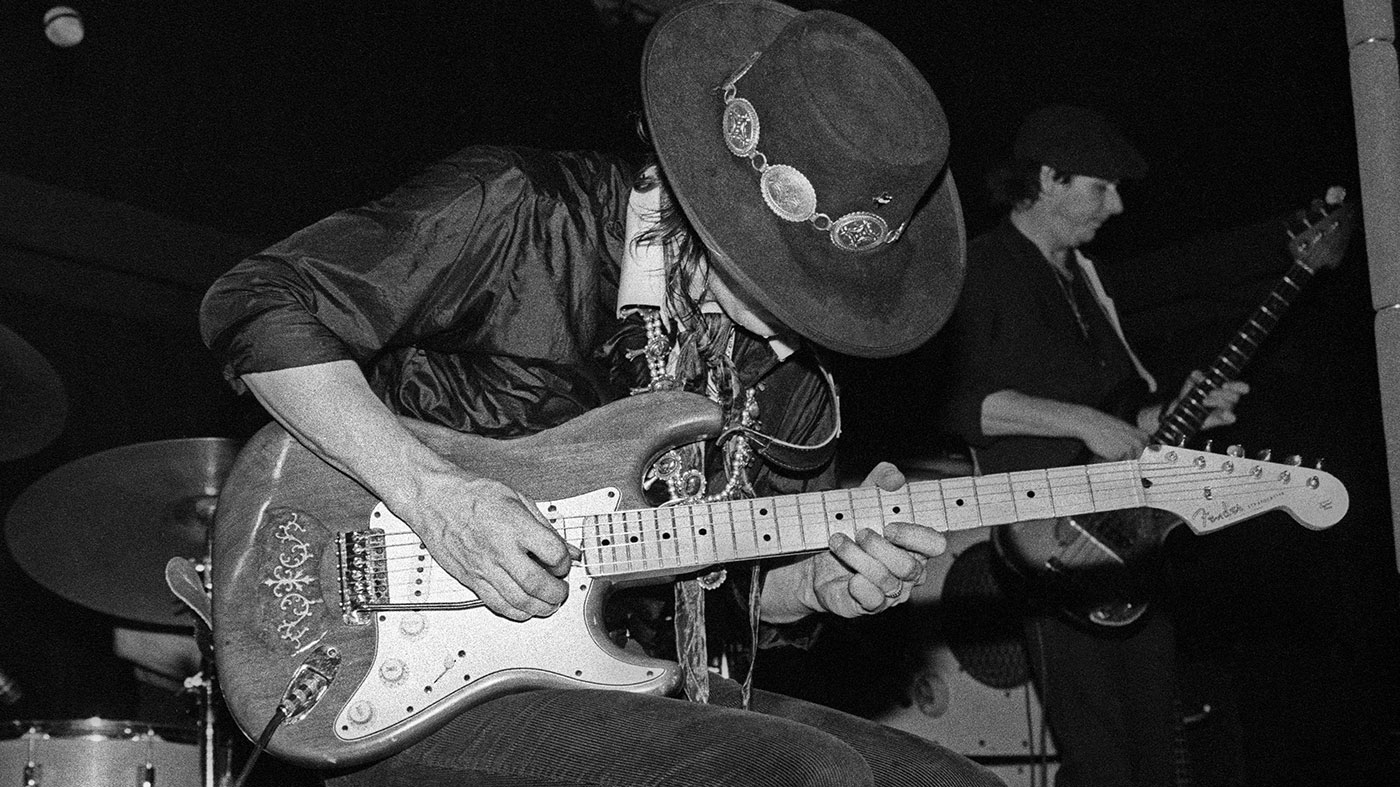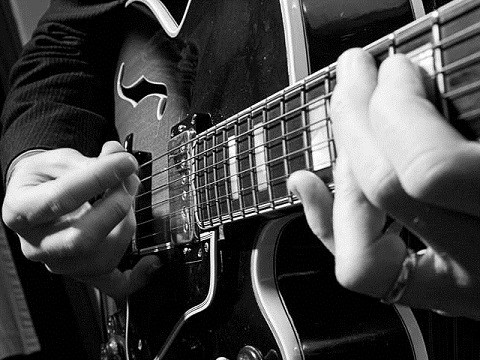There’s a daunting amount of stuff to learn on guitar and it can sometimes be difficult to know where to start, or what will be most beneficial to your playing and progress. My recommendation is to learn to play blues. As well as never going out of fashion, it contains a lot of the critical elements of good guitar playing that will serve you well for as long as you play. So, here are 9 reasons why you should learn the art of blues guitar.
1. Phrasing
I think blues one of the best styles for learning phrasing as it forces you to come up with licks and resolve them; tension and release being key. Mindlessly blowing up and down a scale will never cut it in a blues.
2. Vibrato
Blues will force you to work on your vibrato but not the shrill rock vibrato; this will sound out of place. What you’re aiming for here is a more subtle vibrato like that of Clapton, Hendrix, Robben Ford, and SRV among others. Be sure to develop your vibrato technique by using all your fingers (yes, even your pinky) and try to keep your vibrato in time with the tune i.e. a slow blues will require a slow vibrato while a more up-tempo tune will require a slightly faster one, but lay off the squealing for now.
3. Playing Over Changes
You can of course just blow through a blues using the same scale, but you’re missing out if you’re not taking the opportunity to play the changes; and since there aren’t a hell of a lot of changes in your average blues, you’ve got time to choose your scales and really think about what to play.
4. Learning Licks Pays Off
Unlike many other styles of guitar-playing, it actually pays off to learn blues licks note for note as they can easily be copied and pasted into your own playing. I never saw the point of spending hours, or even weeks, learning a John Petrucci lick only to have no use for it other than bragging rights. Learning blues licks, on the other hand, pays dividends in the long run as you’re building up a vocabulary which can, and should be, recycled and milked for all it’s worth; what’s more, to a certain extent your audience is expecting to hear those faithful old licks.
5. String Bending and Making the Guitar Sing
Bending notes in a blues context requires that you do it with feeling as oppose to accomplishing a technical feat as the guitar takes on an almost vocal quality during a solo. In blues you have the full range of bends, from micro-tonal ones to screaming two-step bends, but they don’t have to be spot on (even a lot of Jeff Beck’s bending is slightly out); it’s the feeling you put into them that counts, and of course a good vibrato is the icing on the cake.
6. Blues Lays the Foundation for Everything Else
A good, solid foundation in the blues will help your rock, jazz, or even country playing infinitely as they share a lot of common ground and techniques. When going from blues to rock it’s particularly useful to keep in mind the discipline you learned from the blues as it’s often the case where great blues players turn into mindless shredders. When you get the hang of playing over changes in a blues then it’s a short step into the world of jazz. You’ll have a lot more chords to contend with, but it won’t be nearly as daunting as it would be without that foundation in the blues.
7. Ear-friendliness
Blues is great for your ear too, you’ll find that after a while you’ll be able to play the stuff you hear in your head, or at least have a better idea of what’s going to come out of your guitar before it happens. The trick here is to start out slow and build up to faster licks so that your ear doesn’t get left behind.
8. Tension and Release
I have always been fascinated by ‘outside’ playing; that is, purposely playing either out of key or incorporating notes that don’t belong to the scale. This creates tension and release which is what pulls in listeners and makes for a great solo. In the blues you’re already doing this from day one by incorporating the blue note (the b5) and those minor/major 3rd bends. Voyages into outside playing in blues are usually quickly resolved, and this is a transferable skill that can be applied to jazz playing. Mike Stern is a great example of mixing up blues and jazz.
9. Quality over Quantity
In guitar playing there’s a fine line between quality and quantity of notes, and hopefully the blues will teach you to lean more toward the quality end of the spectrum, rather than mindlessly filling every hole with a ton of notes. In blues you have players like BB King who can floor you with one note or players like Gary Moore that pack them in; both players are equally emotive but what they have in common is that their playing is tasteful, there’s a reason why those notes are there, or not there as the case may be.



